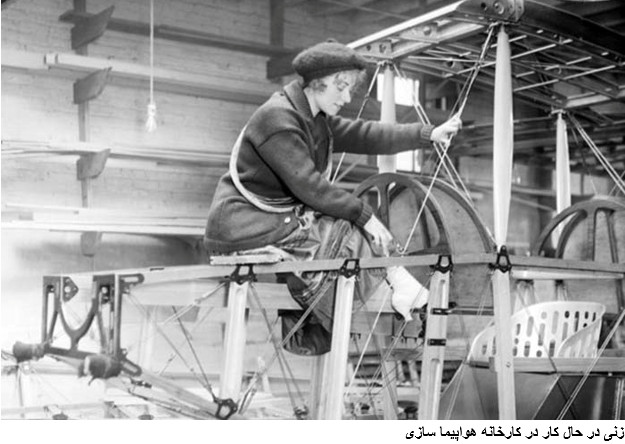By 1917 munitions factories, which primarily employed women workers, produced 80% of the weapons and shells used by the British Army (Airth-Kindree, 1987). Known as ‘canaries’ because they had to handle TNT (the chemical compound trinitrotoluene that is used as an explosive agent in munitions) which caused their skin to turn yellow, these women risked their lives working with poisonous substances without adequate protective clothing or the required safety measures.
